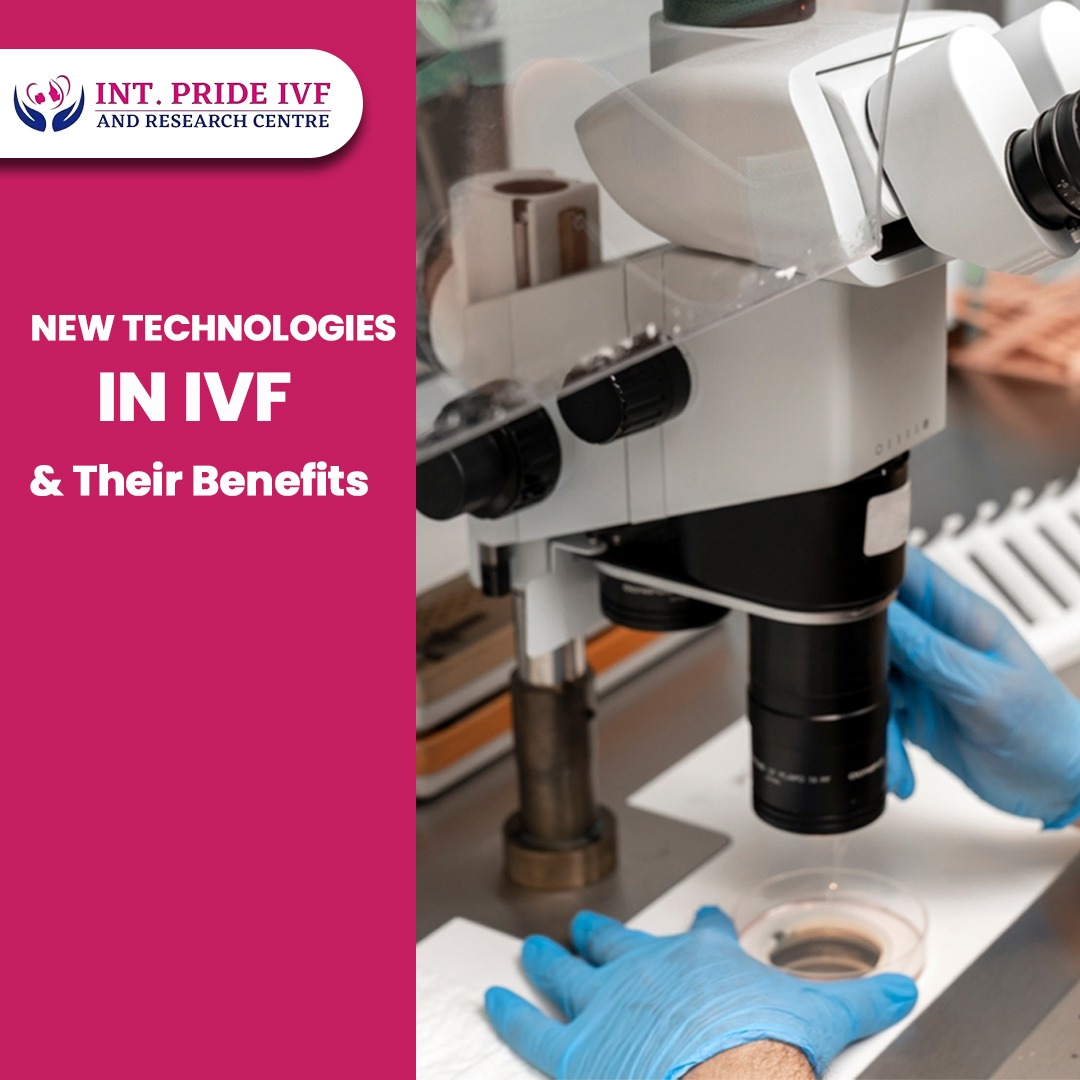“In modern times, medicine has undergone a wide range of technological improvements and continues to evolve. Each year, enormous amounts of money are spent on scientific research and development in the medical field for the benefit of humanity. The field of reproductive medicine is no exception. Thanks to novel and radical technologies, as well as highly qualified medical experts, we have now learned proper methods and procedures to select only the highest quality reproductive cells, increasing the chances of achieving a successful pregnancy.”
Today’s advanced technological know-how enables parents to postpone the birthing process comfortably in situations that necessitate it. Thanks to modern cryoconservation (vitrification) procedures, parenthood can now be postponed for social or medical reasons. Furthermore, expectant parents can have peace of mind regarding their child’s health, particularly if a family member has a genetic disorder. Modern technology plays a vital role in assisting IVF doctors in Delhi to examine all chromosomes and identify abnormalities at the embryonic stage.




“Here are some modern IVF technologies used by the best IVF doctors in Delhi that could benefit you.”
PRP (Platelet Rich Plasma) Ovarian Rejuvenation: -This is the latest procedure utilized by Pride IVF doctors for IVF to improve IVF success rates. PRP is used to treat individuals who have had repeated implantation failures or failed IVF due to a thin endometrium, which can be diagnosed with endometrial biopsy of the uterus. The endometrium, the lining of the uterus, must be sufficiently thickened and supplied with blood for the embryo to implant. If this is not the case, the embryo may have little chance of attaching to the uterus. During the PRP process, your IVF doctor extracts high concentrations of platelets from a person’s blood sample. PRP promotes spontaneous tissue healing and increases the quality and thickness of the uterine lining.
PICSI (Physiological Intracytoplasmic Sperm Injection): –PICSI is recommended by doctors for IVF treatment, when there is a history of problems with frequent miscarriage, low fertilization rate, poor fetal quality, or sperm DNA after ICSI. It is a test performed in an IVF laboratory that helps in sperm selection.
All sperm DNAs investigated under normal conditions are not enabled or have a physical (congenital) ability to fertilize an egg. PICSI allows selection of sperm which are healthy and physically common for ICSI. These sperm are less likely to have chromosome abnormalities and producing a healthy fetus.
Vitrification of Oocytes or Egg Freezing: –Vitrification is a novel technology that has shown to be a breakthrough in the science of egg freezing. Women who want to start a family later in life can get their eggs frozen, and those at risk of premature menopause can also preserve their eggs to have the option of having their own genetic children later on.
In vitrification, our best doctors for IVF freeze oocytes in liquid nitrogen at -196°C within seconds. These eggs can be frozen and utilized for IVF years later. This means that a younger egg can be used, which is just as effective as a fresh egg in an IVF cycle.
IVM (in vitro maturation): –This treatment allows women for children with conditions such as polycystic ovarian disease. Due to the underlying hormonal imbalance, women with PCOS often produce immature eggs during IVF cycles. IVM is a laboratory process that works with immature eggs to mature outside the body. This helps to develop eggs to the point where they can be fertilized by sperm. Mature eggs are more likely to develop into the fetus than immature eggs. This method has positively replaced fertility treatment in the laboratory.
PGS: –PGS is a form of aneuploidy screening in which embryos created by IVF or ICSI are examined for common defects in their chromosomes. Chromosomal abnormalities are a leading cause of embryo failure to implant and miscarriage. PGS is typically recommended for women over 35 years of age who are at increased risk of having a child with a chromosomal disorder (such as Down syndrome), for patients with a family history of chromosomal problems, for patients with a history of repeated miscarriages, and for patients who have had multiple implantation failures with IVF.
During the IVF treatment, embryos are created and then undergo embryo biopsy on day 3 or day 5/6 of development. A trained embryologist removes one or two cells (blastomeres) from the embryo, which are sent to a genetics lab for chromosomal analysis. After a few weeks, you will receive a report listing which embryos were affected and which were not. The defective embryos are then destroyed, while the undamaged embryos are transferred to the patient.
PGD: –
- Instead of “those who have a hereditary disease in their family,” consider using “individuals with a family history of hereditary diseases.”
- Instead of “for which a specific gene is known to be the cause,” consider using “whose cause is attributed to a specific gene.”
- In the last sentence, consider replacing “Normal embryos” with “Embryos without the disease-causing gene” to clarify that the embryos are not necessarily “normal” in all aspects.
Lets get started
With these minor suggestions, the revised paragraph reads as follows:
PGD allows individuals with a family history of hereditary diseases to prevent passing them on to their offspring. The procedure involves testing the genes and chromosomes of IVF embryos, and can screen for almost every genetic disorder whose cause is attributed to a specific gene. Over 250 genetic disorders, such as thalassemia, cystic fibrosis, breast cancer, and myotonic dystrophy, can now be tested for. Up until the embryo biopsy stage, the technique for PGD is the same as for PGS. In an external laboratory, the biopsied cell is tested for the presence or absence of the disease-causing gene. As with PGS, the report is available after a few weeks and indicates whether or not the embryos have the disease-causing gene. Embryos without the disease-causing gene are transferred instead of those with the gene.
Explore Your Possibilities: –Come and discuss your pregnancy and fertility challenges with the top fertility experts and best IVF doctors in Delhi now. Call at 7669121391 or take a step towards successful parenthood.




